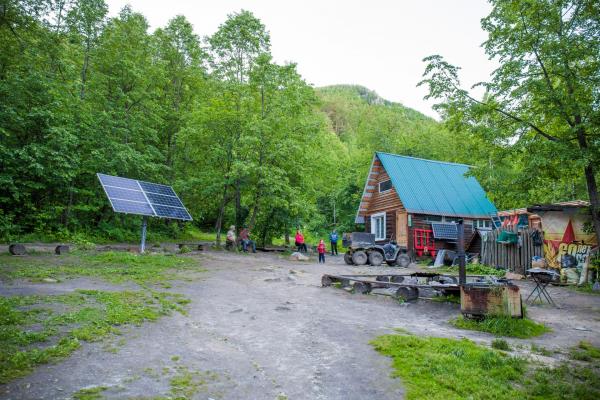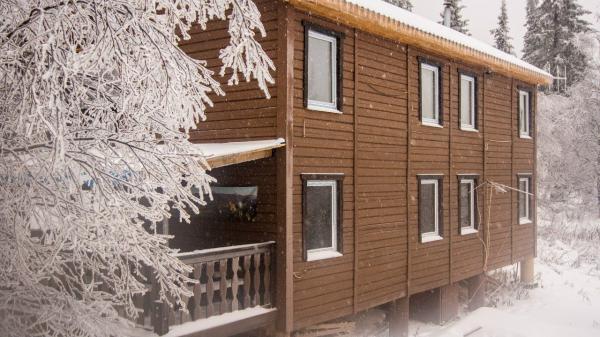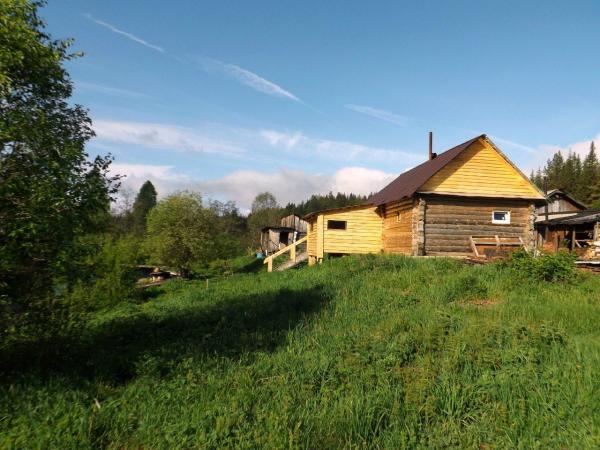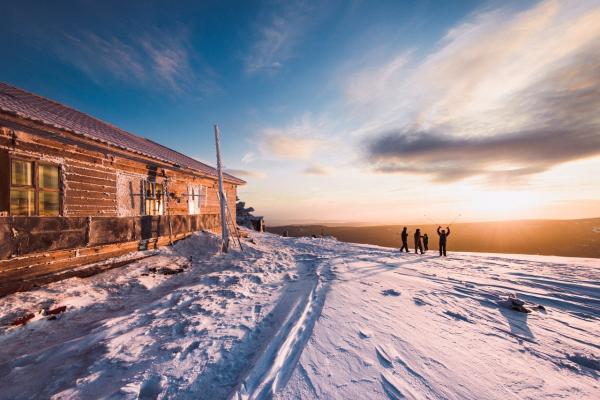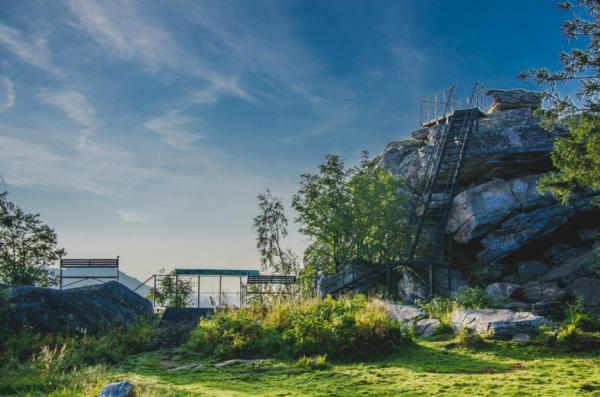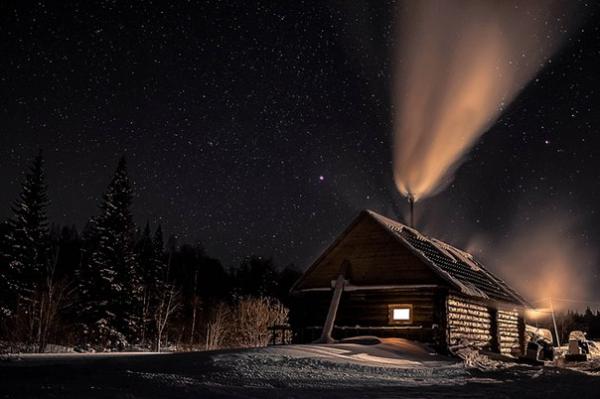In the scheme of soil zoning the park is located within the zones of distribution of mountain gray forest, mountain sod-podzolic, mountain meadow and mountain-tundra soils. In high-altitude areas, one can observe a whole gamut of transitions from the earliest stages of soil formation (stone blocks clad with scarce lichen cover) to the well-formed fertile soils of the mountain forest and the lower part of the sub-walnut belt. Primitive accumulative soils are formed on stone placers and on the farewell rocks. In the places of accumulation of fine earth, mountain tundra and turf mountain meadow soils are developed. Low-growing and thinned forests of the sub-lowerland belt grow on soddy mountain-forest soils.
Mountain-tundra soils are developed on a low-power area of eluvium of bedrock and therefore have the character of soil-eluvium. In the zone of distribution of these soils, climatic conditions are severe, the surface does not always warm well and the activity of soil organisms is weakened. In view of this, the dead plants decompose very slowly. The upper horizon of mountain-tundra soils is humus-peaty, there are much more decomposed plant remains in it than mineral particles. There is no clear division into genetic horizons. Soils have a strong acid reaction.
Sod-meadow soils are characteristic of the sub-glacial belt, they are better developed than the previous soils, especially under large grass and grass meadows. They are characterized by high power (up to 40-50 cm), loose surface, clear division into horizons. The humus horizon is richer in humus, it also contains peaty substances, but in a smaller amount. In these soils, a silt fraction accumulates; they are loamy in texture. The sum of the absorbed bases is much higher than in the mountain-tundra zone; the soil reaction is weakly acidic and the lower the slope, the more neutral.
The soddy mountain-forest soils of the low-growing forests of the subgoltaceous belt are loamy in texture, developing on rubbly eluvium and have a very uniform profile of brownish-brown color, almost without dismemberment to horizons. The reaction of the soils is acidic, the exchange acidity is high and weak podzolization is observed.
Mountain gray forest soils are distributed under the forests of the mountain-forest belt, and in marshy areas they are combined with marsh peat-gley soils. These soils are much richer than the soils of the overlying belts by the content of humus and the amount of exchangeable cations. According to their mechanical composition and acidity, they differ slightly from soddy mountain-forest soils, they also show a more obvious breakdown into horizons.
As a result of soil profiling carried out across the stretch of the soil-forming rocks (the western slope of the mountain Ityl-the bottom of the Kialim depression-the eastern slope of the Dalny Taganay mountain), the following genetic soil horizons were described in the scheme of the above-described soil types:
Organic:
forest litter (A0) up to 5 cm thick, represented by loam dark gray and brown, with the inclusion of plant remains and shallow cuttings of bedrock (quartz, quartzite, slate), varying degrees of moisture, depending on the drainage of the site and the depth of groundwater;
peaty (At), up to 20 cm thick, represented by black sandy loam, with interlayers of loam, with the inclusion of weakly decomposed plant residues and native rocks, varying degrees of moisture, mica;
peat-gley (Ag), up to 10 cm thick, represented by loam gray with reddish-brown lenses and spots of oxidation products, including half-decomposed plant residues and shallow cuttings of bedrock, strong and micaceous;
Mineral:
humus-eluvial (A1A2) up to 40 cm thick, represented by loam gray and brown, with inclusions of grind and small crushed stone (2 cm) of bedrock, varying degrees of moisture, mica;
(BC), up to 60 cm thick, represented by heavy loam brown, brown with ocherous interlayers and spots of oxidation products, including gruss and rubble (3 cm) of bedrock, the shale of which is mostly weathered (crumbled, broken by hands) , mostly mildewed, micaceous;
soil-forming (C), with a thickness of more than 40 cm, represented by bedrock of varying degrees of weathering, with light-brown loamy aggregate, weakly mica, strongly mica.
Thus, on the study area for each classification group of soils, sets of genetic horizons are defined:
- mountain-tundra soils: A0-At-BC-C; A0 - BC - C; ВС - С
- soddy meadow soils: A0 - At - A1 A2 - BC - C
- sod mountain forest soils: A0 - At - A1 A2 - BC - C; A0 - A1 A2 - BC - C
- mountain gray forest soils: А0 - АТ - АG - А1 А2 - ВС - С

